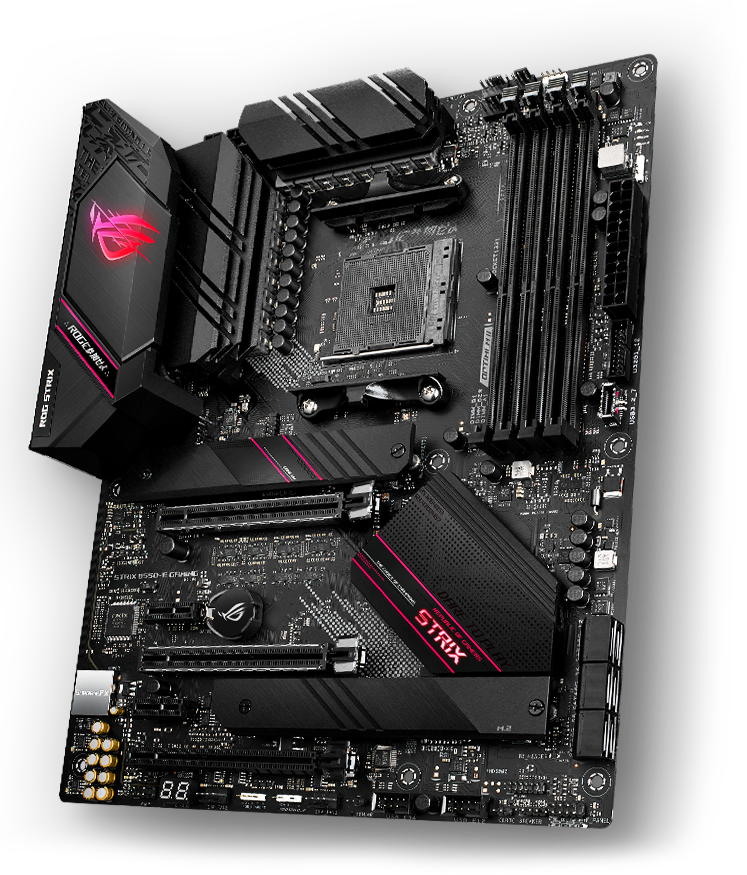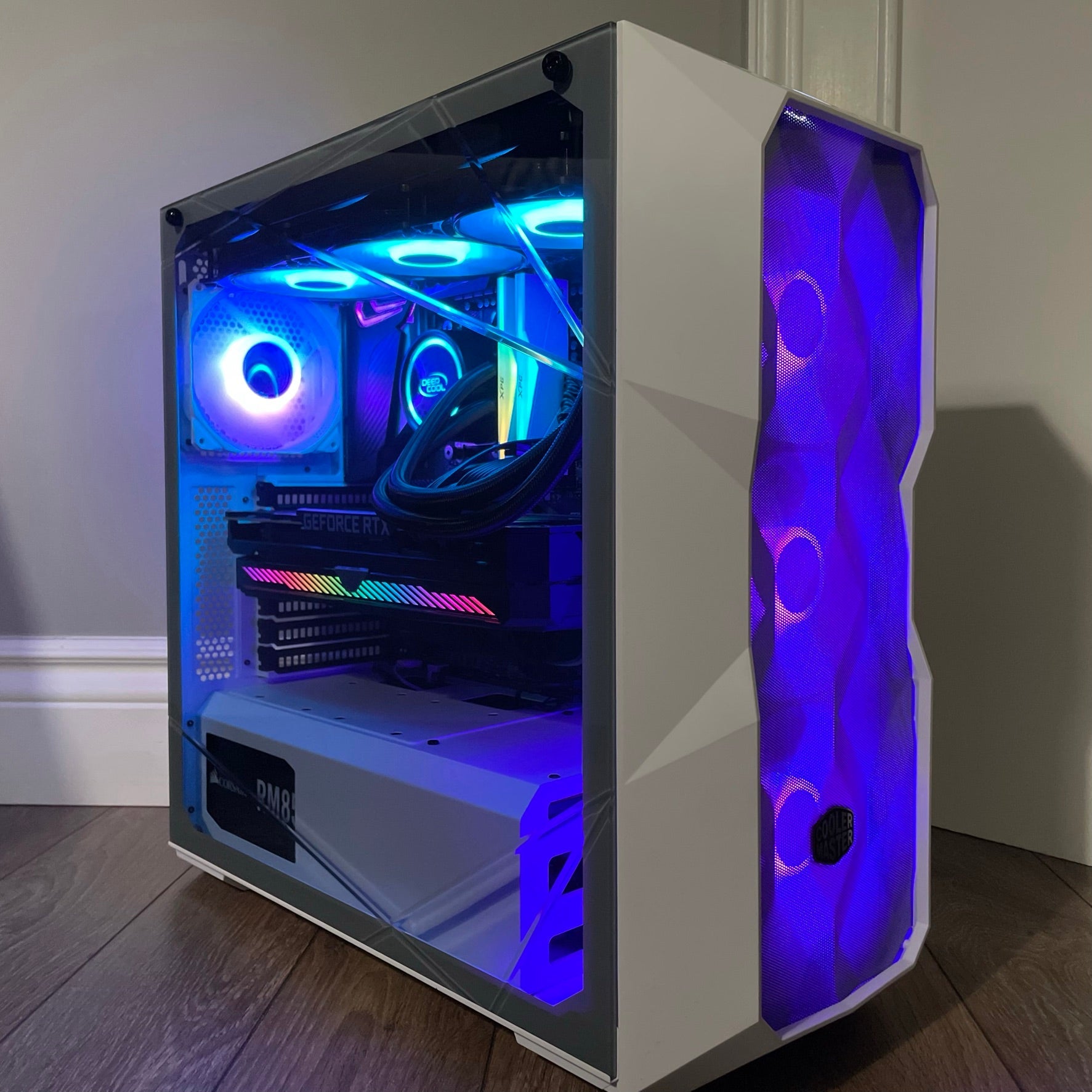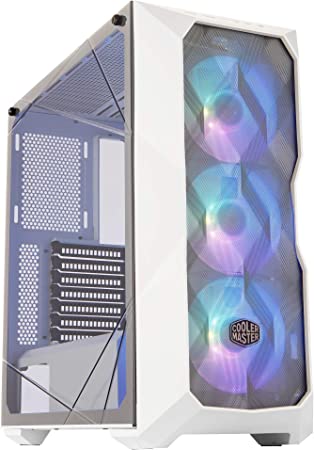The motherboard is the heart of any computer system, and it is responsible for connecting all the hardware components and ensuring they work together smoothly. When it comes to building a powerful gaming or workstation PC, the motherboard plays a crucial role in determining the overall performance and stability of the system. One of the key features to look for when choosing a motherboard is the quality of its VRMs and heatsinks. In this article, we will discuss what VRMs and heatsinks are, why they are important, and how to choose a motherboard with powerful VRMs and efficient heatsinks.
What are VRMs?
VRM stands for Voltage Regulator Module, and it is responsible for regulating the voltage that is supplied to the CPU and other components on the motherboard. The VRMs convert the voltage from the power supply into the appropriate voltage levels needed by the CPU and other components. The quality of the VRMs can significantly impact the performance and stability of the system. Powerful VRMs can supply a stable and clean power supply to the CPU, which is crucial for overclocking and achieving higher performance levels.
Why are efficient heatsinks important?
A heatsink is a component that is attached to the VRMs, and it is responsible for dissipating heat from the VRMs to prevent overheating. Efficient heatsinks can help maintain stable and consistent performance, even under heavy load or overclocking. Overheating can cause damage to the VRMs and other components, which can lead to system crashes, instability, and even permanent damage. Therefore, it is crucial to choose a motherboard with efficient heatsinks that can dissipate heat quickly and effectively.
How to choose a motherboard with powerful VRMs and efficient heatsinks?
When choosing a motherboard, there are several factors to consider, including the quality of the VRMs, the type of heatsink, and the overall performance and stability of the system. Here are some key factors to consider:
-
Quality of the VRMs: Look for motherboards with high-quality VRMs that can supply a stable and clean power supply to the CPU. This is especially important if you plan to overclock your system or use high-performance components.
-
Type of heatsink: Look for motherboards with efficient heatsinks that can dissipate heat quickly and effectively. There are several types of heatsinks, including passive, active, and liquid cooling. Passive heatsinks are the most common and affordable, while liquid cooling is the most efficient but also the most expensive.
-
Number of VRMs and heatsinks: Look for motherboards with multiple VRMs and heatsinks to ensure consistent and stable performance, even under heavy load or overclocking.
-
Brand reputation: Choose a motherboard from a reputable brand that is known for producing high-quality components and reliable products.
In conclusion, when building a powerful gaming or workstation PC, choosing a motherboard with powerful VRMs and efficient heatsinks is crucial for achieving stable and consistent performance. By considering the quality of the VRMs, type of heatsink, number of VRMs and heatsinks, and brand reputation, you can ensure that your system runs smoothly and reliably, even under heavy load or overclocking.




Leave a comment
All comments are moderated before being published.
This site is protected by hCaptcha and the hCaptcha Privacy Policy and Terms of Service apply.